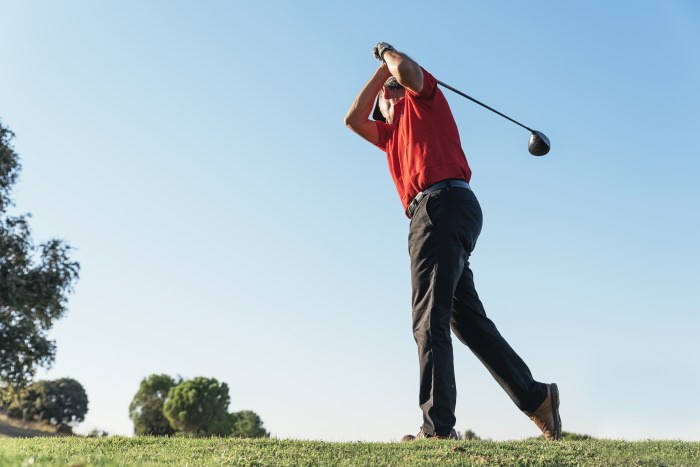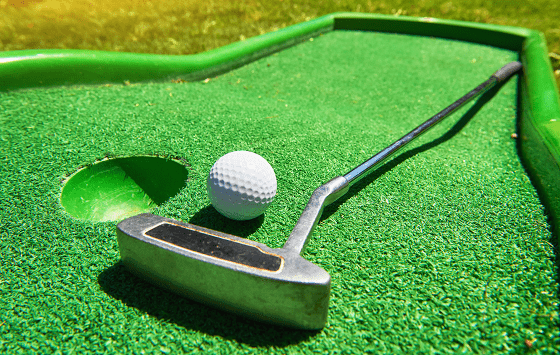Online Enquiry Form

Overview
The condition “golfer’s elbow” (medial epicondylitis) is an injury to the tendons of the inner elbow which are mainly used when flexing the wrist, as when gripping a golf club. The pain and inflammation from elbow tendonitis often result in time off work or absence from sport. Sufferers of golfer’s elbow are often 35-50 years old, however, it can occur at any age. Usually, the inner elbow will be painful to touch, and wrist and finger flexion will be difficult or painful too.
Golfer’s elbow may be caused by an acute episode of prolonged activity, such as one long game of golf, or it may be the result of frequent episodes of acute golfer’s elbow, resulting in a chronic inflammatory response. Acute golfer’s elbow can be managed by seeing your GP for pain and anti- inflammatory medication or your physiotherapist for ice massage and stretching treatments.
Symptoms
Golfer’s elbow may have the following symptoms:
- Point tenderness on the outside of the elbow.
- Pain extending from the elbow down the forearm when extending the wrist and fingers.
- Weakness when extending the wrist and fingers.
Causes
Acute golfer’s elbow is caused by a prolonged episode of wrist and finger flexion, like holding a golf club, where the activity continues into fatigue and beyond. As the activity continues, the muscle tendons of the elbow experience swelling and wear against the bones of the elbow and do not get a chance to recover before becoming damaged and inflamed.
Chronic golfer’s elbow is where the acute episodes repeat frequently, over 6 months or more, causing persistent elbow pain and ongoing impact on your day-to-day life.
Golf is the obvious sport responsible for causing golfer’s elbow, however, anything involving wrist flexion for prolonged periods may cause the condition. The heavier the object being held or moved, the quicker the onset of the condition.
Golfer’s elbow can also be caused by workplace injuries. Winding wenches or pulling ropes are examples of repetitive activities which can cause golfer’s elbow.

Diagnosis
To diagnose golfer’s elbow, the following will be taken into consideration:
- Nature of the injury (sports, work, accident, overuse etc).
- Cause of the injury (impact, collision, fall, repetitive/slow onset).
- Context of the suffering (age, return to sport, work, impact on daily living).
- Perform a physical examination to ascertain pain and range of movement.
- Perform specialised radiological imaging.
Acute Golfer’s Elbow
- An isolated episode of pain that doesn’t last longer than one week.
Chronic Golfer’s Elbow
- Repetitive episodes of acute golfer’s elbow which augment over time causing a more serious condition of pain and inflammation.
- Diagnosis and early treatment of golfer’s elbow are extremely important to avoid chronic and long-term issues associated with the condition.
Treatment
Non-Surgical Treatment
Partial-thickness rotator cuff tear injuries may be treated non-surgically using:
- Rest.
- Pain and anti-inflammatory medication.
- Physiotherapy treatment for improved strength, better posture and function.
Surgical Treatment
Typically surgery is not indicated. Dr Gupta may recommend treatment with local steroidal injection should failure of anti-inflammatory medication occur.
Please contact our friendly team on 02 9687 8344 or make an online enquiry here.

Dr Manish Gupta | MBBS FRACS FAOrthoA
Dr Manish Gupta is a renowned expert surgeon in the field of orthopaedic surgery specialising in upper limb including shoulder, elbow and wrist.